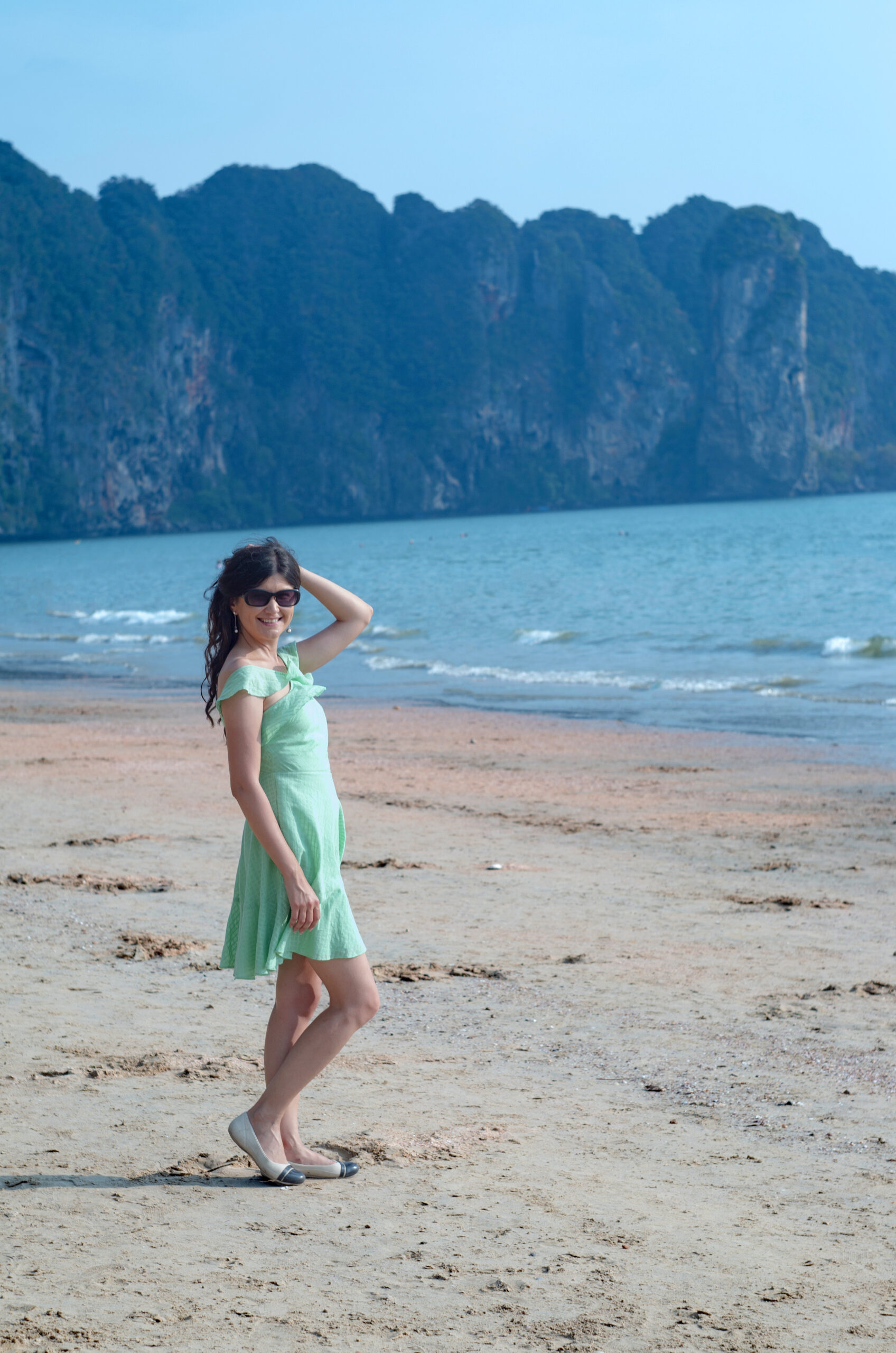Bar is an overlooked town in Montenegro. It’s only known, as a port from where the ships go to Italy, but very few people know of its historical significance. So almost all travelers skip Bar, while visiting Montenegro.
Interestingly, the name Bar comes from Antibarium (as the opposite of Bari across the sea in Italy). This name was given to the city by the Romans. In 6-7th centuries, Slavs came to the region. In the 11th century, Stefan Vojislav made Bar, as the seat of his state. The name variation changed to Antivari at this time. In the later centuries, Bar was ruled by Venetians, Ottomans, etc.
The city doesn’t have wonderful beaches, but Susanj and Sutomore beaches are only a very short drive away. Instead, here you can enjoy the view of the marina with the backdrop of mountains. You can walk around the quite empty town and take in the local authenticity not overrun by tourists.
The city also boasts with a number of bars and pubs.
Another interesting thing about Bar is that it is a transport hub, not only because of its port, but also the train links. From here, you can take a scenic train all the way to Belgrade, which should take about 11-12 hours, but they say there are significant delays to be expected.
We visited the city, as a day trip, while we were staying nearby in Sutomore.
Stari Bar – the fortress and the old Town
Bar has an impressive old city and fortress area, which unlike in other cities in Montenegro is not full of cafes and people don’t live here. It is unique, as it’s built at the foot of the mountain and provides truly amazing views. The fortifications started being built in the 6th century. As so many towns around, the 1979 earthquake significantly damaged this Stari Grad too.
A beautiful cobbled street with small yards with vine leads to the old town. It shouldn’t take you too long to walk up, maybe about half an hour. The entrance to the old town costs 2 EUR and is more than worth it.
The fortress has lovely cobblestone ways, ancient arches, picturesque mountains views. Grass is everywhere, as nature too over some parts of the area. From here, you have cool views over the newer parts of the town.
You will find a small museum here, which gives more detailed info about the place. Remains of a couple of monasteries, which were then converted to a mosque. One of the coolest parts of the old town is the Turkish hamam (bath), which was built in the 18th century. It has a round shape and if you try, you can get an amazing echo here. So basically, you can practice your singing without anyone disturbing you. Yes, there was literally no one here, except us 😊
The clock tower is the most noticeable building. The scientists are thinking, originally it may date back to the middle ages. However, it was destroyed and rebuilt in 1752 by the Turks. It was again damaged by the end of the 19th century, as many buildings here and underwent restoration in the beginning of 20th century and then in the 1980s.
Nearby, you will also find the aqueduct, which is a reconstruction of the completely destroyed roman construction.
We loved this beautiful place and spent quite a lot of time here, probably around 3 hours. It depends how much you like it and if you take any photos. Otherwise, you probably can see the basics even in an hour. We especially enjoyed the peace and quiet and having most parts of it all to ourselves.
If you want more detailed information about the history, buildings and museum of the Stari Bar, head to: http://www.starigradbar.com/
Btw. Near the Stari Bar, you will find the olive tree, which is said to be 2000 years old. To enter the place, you will have to pay 1EUR. We were not too interested and didn’t think it was worth our time.
While coming back down to the city, we stopped at one of the cafes on the main road connecting Stari Bar with the new parts and had Turkish coffee (I am not a huge fan of it, but there was no other type of coffee to be found 😀 )
King Nikola’s palace may not be a very attractive place from outside, but it is small and charming. King Nikola built the palace for his daughter and her family. It currently serves, as a museum with folk costumes and a lot of historical items.
The church of St. Jovan Vladimir is a modern orthodox cathedral built only a few decades ago. We witnessed a wedding ceremony here during our visit. It was a small group of people. The ceremony significantly resembles other orthodox ones, so it wasn’t surprising for me, but would be interesting for many other people, as it involves circling the altar and a lot of chanting from the priest.

Hello I am Ket,
A traveler, planner, and sweet tooth behind Hit the Road Ket.
Travel isn’t just my passion – it’s a lifeline for my mental health. Having lived in three cities and explored 60 countries (and counting!), I created this blog to share my experiences, smart tips, and itinerary advice with fellow travel lovers. I’m all about making the most of limited time, finding scenic routes, and turning every trip into something memorable – coffee in hand, of course.